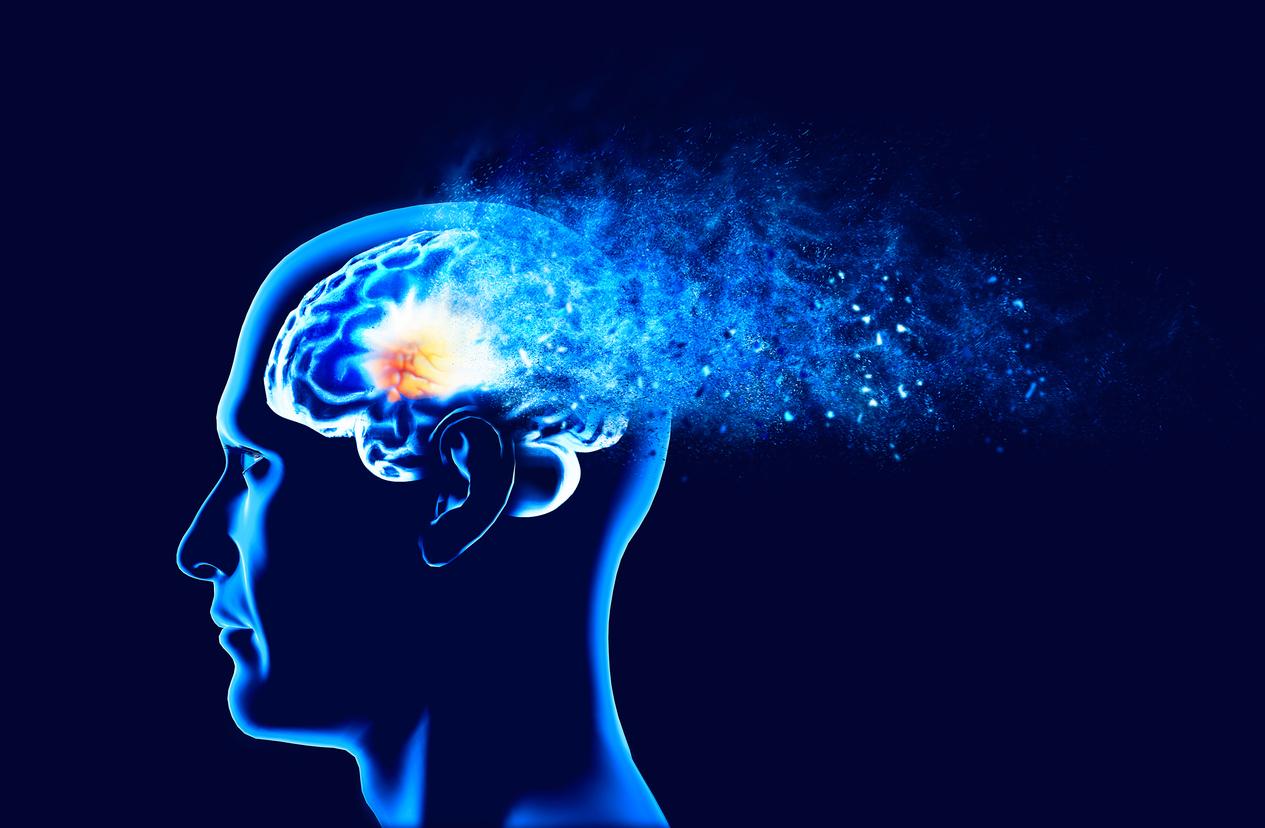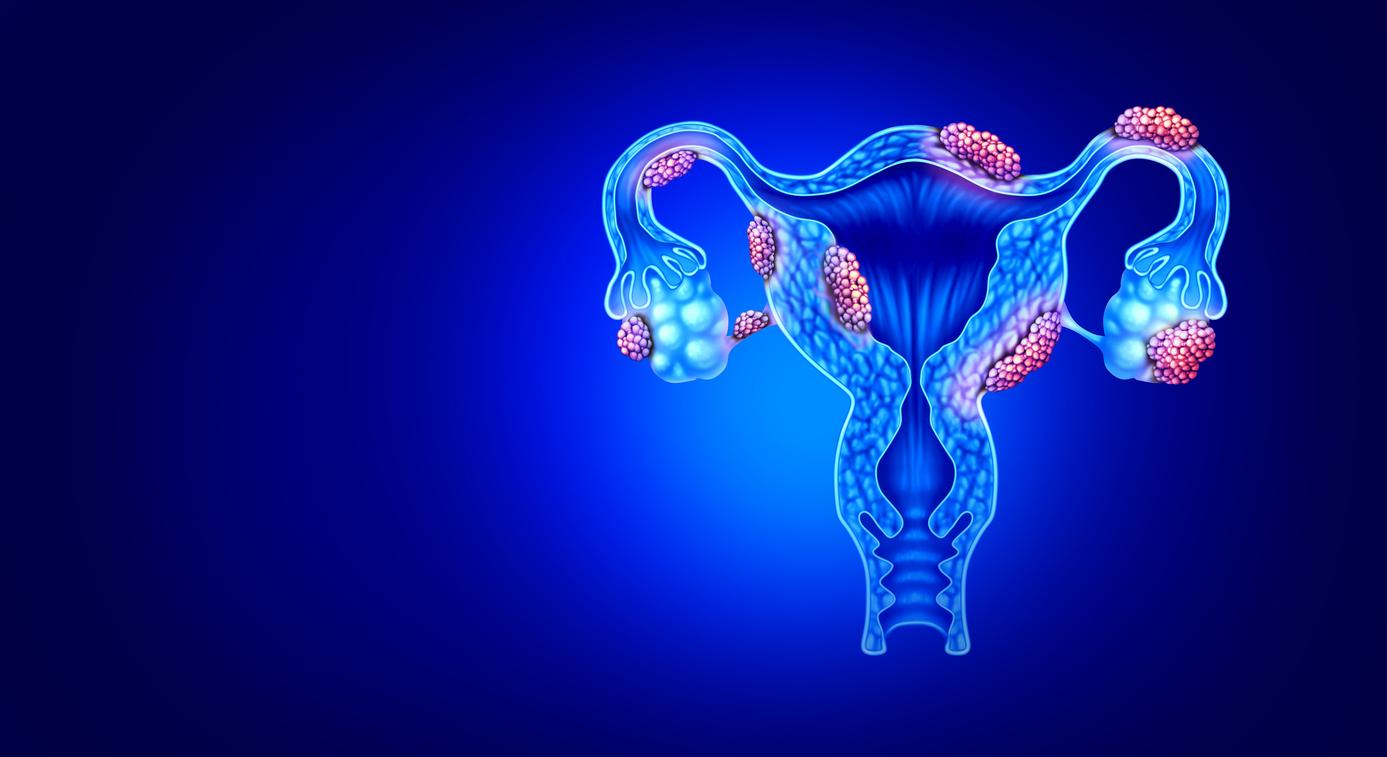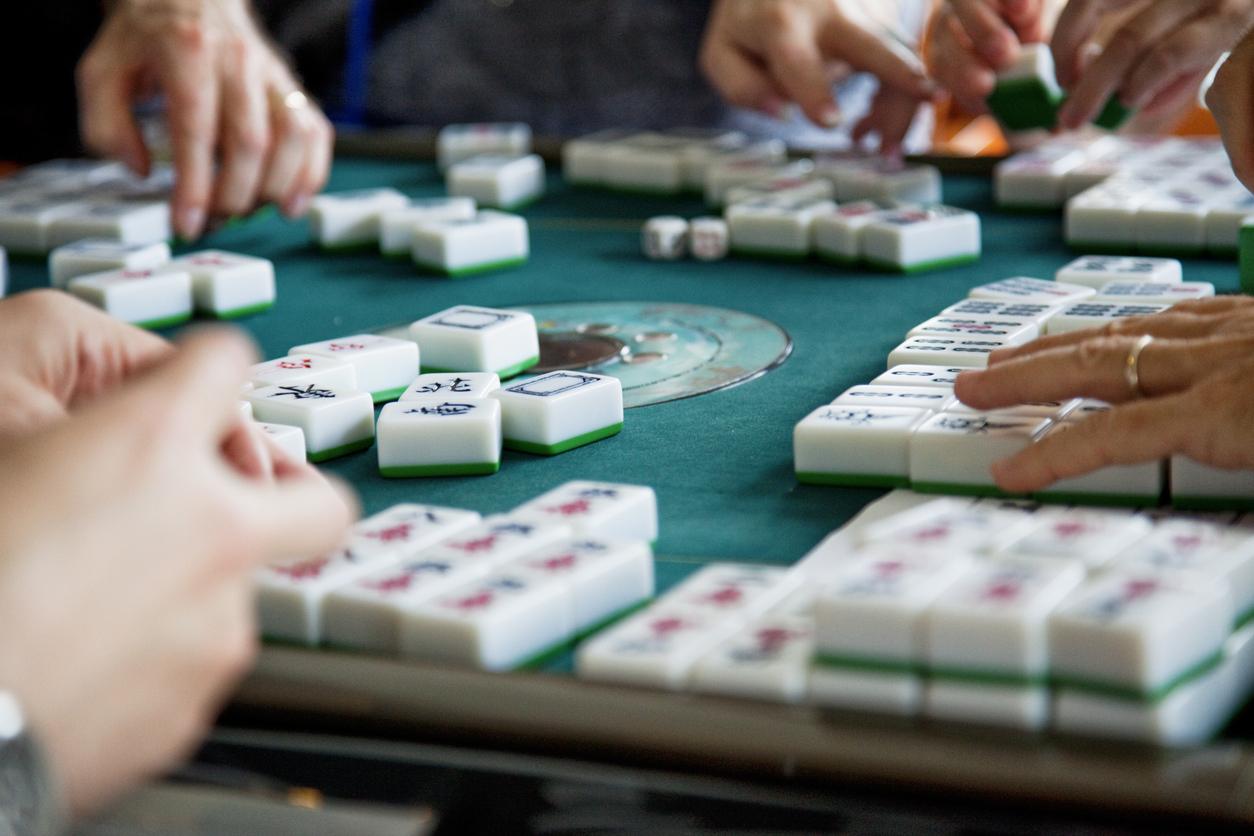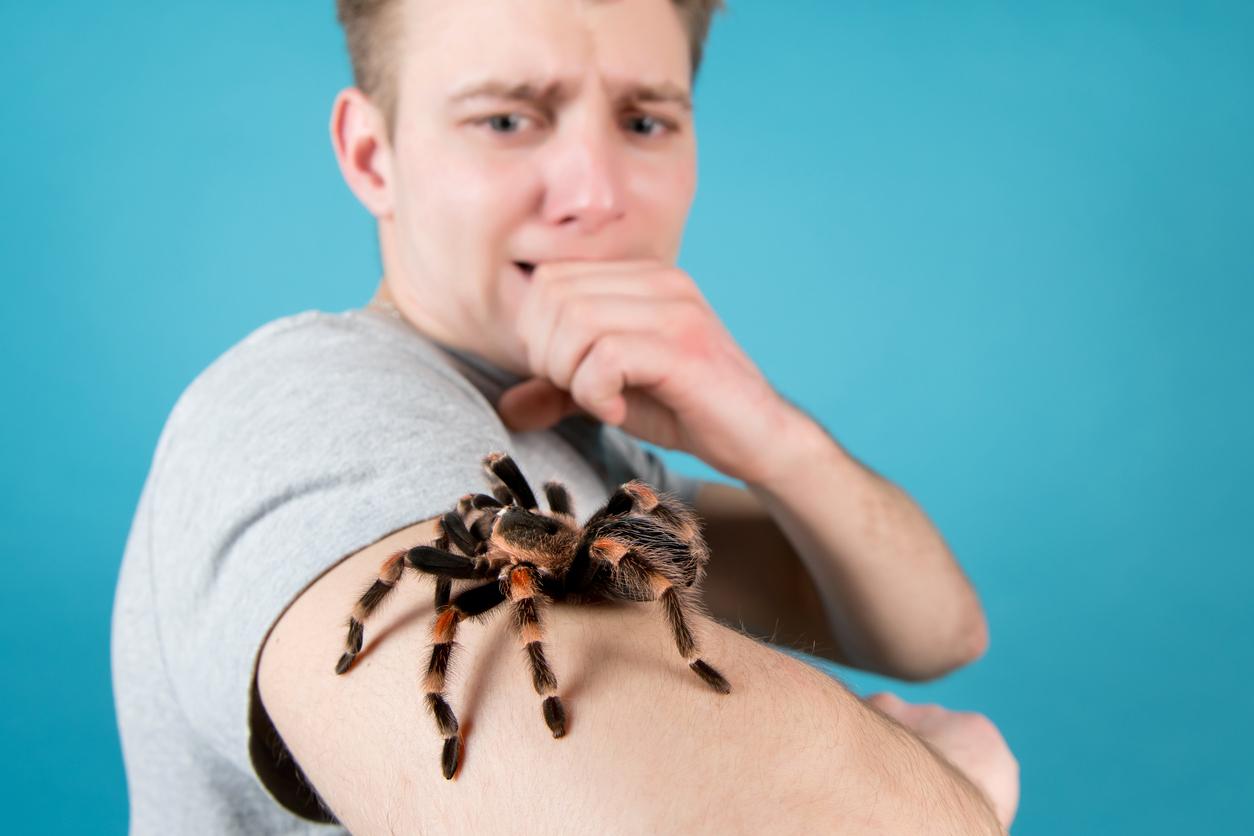A new study tells us more about the neural networks in the brain that are involved in the formation of memory and memories.
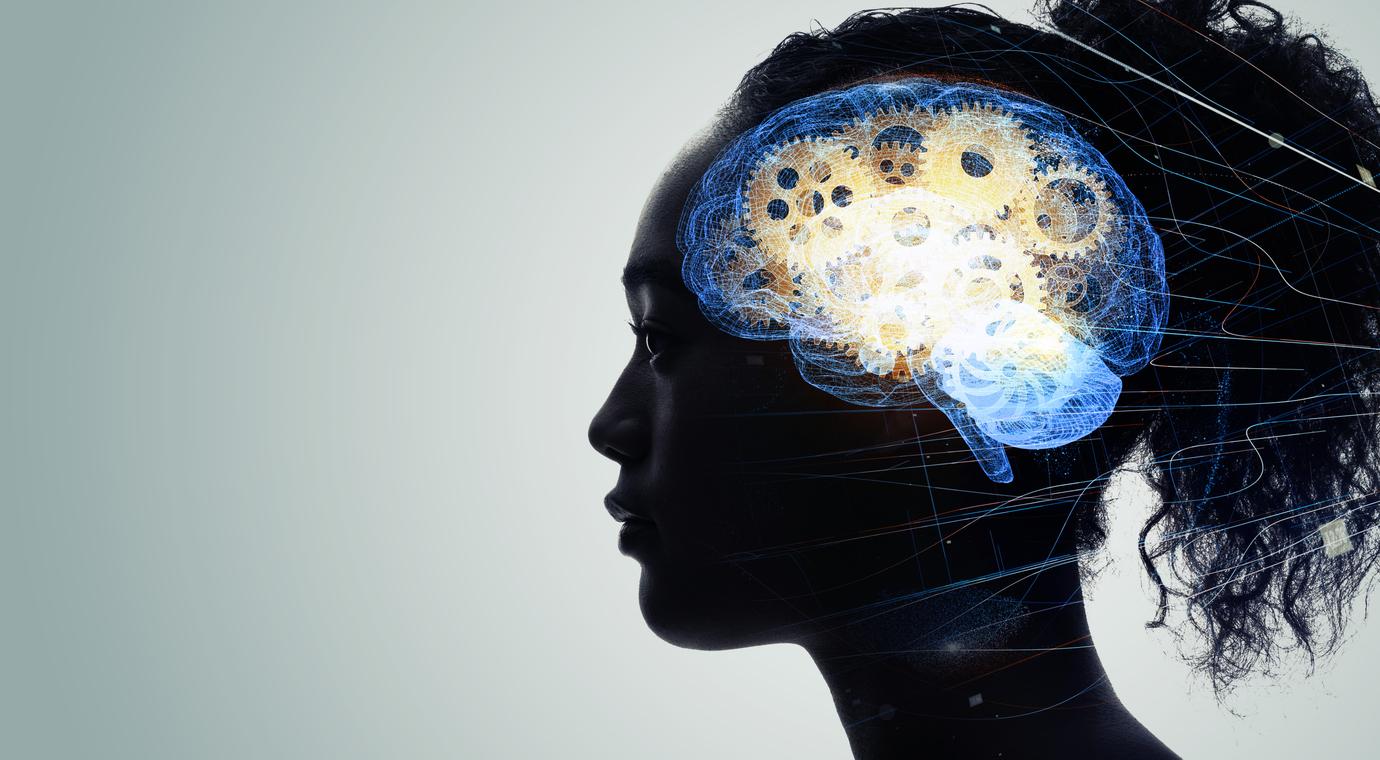
- As part of this work on memory formation, researchers “taught” rodents a fear conditioning paradigm.
- The dorsal part of the medial prefrontal cortex (dmPFC) plays a crucial role in the retrieval of associative fear memory in rodents.
- The study shows that fear conditioning induces the formation of a fear memory neural network with “hub” neurons that connect memory neurons together. »
What happens in the brain when a new memory is formed? While the question has tormented scientists for a long time, researchers from the National Institute of Physiological Sciences (NIPS) in Japan have just lifted the veil a little more on this neurological enigma. Their work was published in the journal Nature Communications.
Fear conditioning
As part of their research, the team of scientists studied how neuronal activity is changed in the prefrontal cortex of mice after “learning” a fear conditioning paradigm. Using a new method combining optical and machine learning techniques, they successfully identified the neural networks in the brain that were involved in the creation of traumatic memory in rodents.
For example, the dorsal part of the medial prefrontal cortex (dmPFC) plays a crucial role in the retrieval of associative fear memory in rodents. “The dmPFC shows specific neuronal activation and synchronization during fear memory retrieval and evoked fear responses, such as freezing and deceleration of heart rate”underlines the main author of the study, Masakazu Agetsuma, in a communicated. “Artificial silencing of the dmPFC in mice suppressed fear responses, indicating that this region is necessary for recall of associative fear memory. » But how does it work? How do neurons in this region recover associative memory?
Neural networks that encode memory
“We succeeded in detecting a neuronal population that encodes fear memory”explains Masakazu Agetsuma. “Our analyzes showed us that fear conditioning induced the formation of a fear memory neural network with “hub” neurons which connected the memory neurons together. »

This study not only confirms the principle that memories are strengthened through enhanced neural connections, but also paves the way for the fusion of optics and machine learning to elucidate the complex dynamics of neural networks, particularly the processing of information that triggers a fear response. These techniques could, researchers say, be used to uncover additional information about neurological changes associated with learning and memory.











